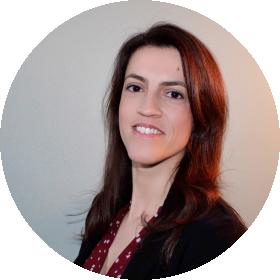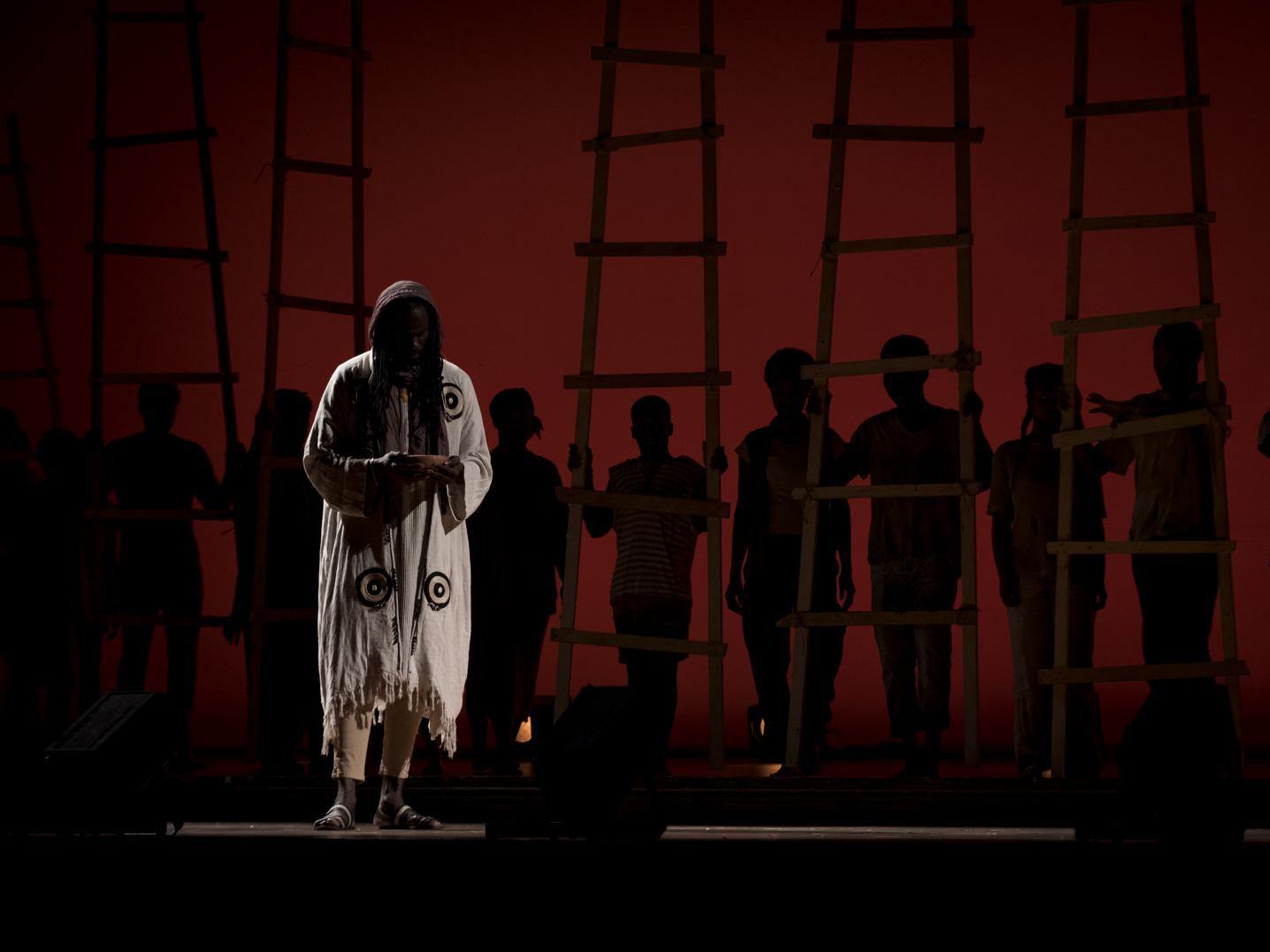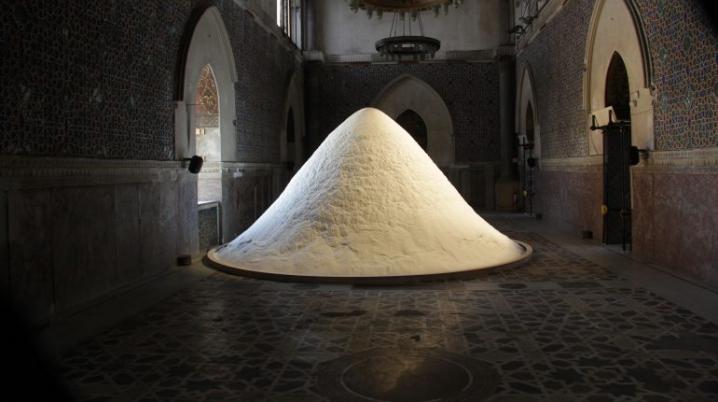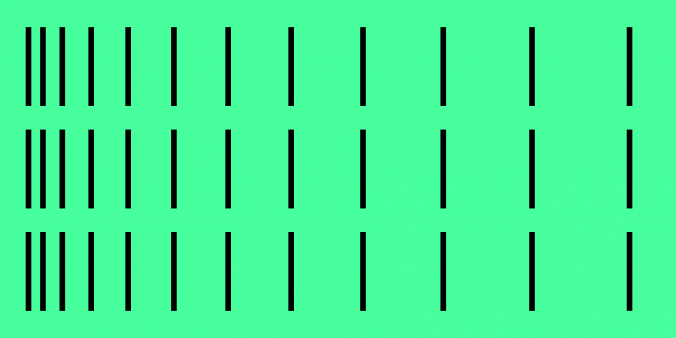
By Sara Luijters
Since 2017, DutchCulture has been making it possible to bundle Dutch cultural activities abroad and present them in an attractive way in interdisciplinary programmes. These programmes are developed by Dutch Embassies in the focus countries of international cultural policy in collaborations with Dutch partners. This interview with Bas Ernst, cultural attaché of the Dutch Embassy in Rome, Italy, is the first in a series of interviews with the initiators of DutchCulture programmes.
Dutch Trail
When Bas Ernst submitted a proposal last year to produce a Dutch event as a parallel track to the main programme of the twelfth European art biennale Manifesta in Palermo, his initiative was enthusiastically embraced by Manifesta director Hedwig Fijen and her team. This resulted in what they called Dutch Trail, which was supported by DutchCulture, the Mondriaan Fund, the Creative Industries Fund NL, the DOEN Foundation, the Prince Claus Fund and the European Cultural Foundation. In Dutch Trail, which was given a prominent place at Manifesta 12, work and input from various Dutch artists, thinkers, designers, architects and universities all came together, focusing on the Manifesta 12 themes: migration, climate change and data streams. Works by Patricia Kaersenhout, Claudy Jongstra, Richard Vijgen and others were exhibited in fabulous locations such as dilapidated Sicilian palaces that had never before been open to the public. “I was talking to the owner of a food stall on a square in Palermo. The man had lived in the city all his life, but he had never seen the interior of the Palazzo Forcella de Seta. Now he was finally able to go inside,” Ernst says.
Social themes
The theme touched on two urgent social issues of our time: immigration and climate change. “The Dutch programme fit in nicely with the main theme of Manifesta 12 as well as the policy of Palermo’s mayor, who wants to reach closure regarding the Mafia past and foster a dialogue between cultures. The programme exhibited, among other things, poignant images of the enormous influx of refugees in Sicily. A cultural event offers a prime opportunity to talk about this and to focus attention on the city’s reality.”
The themes of coexistence, migration, climate change and data streams were also clearly represented. Ernst particularly liked the work The Soul of Salt by Patricia Kaersenhout. It featured a mountain of salt from which the public could dig out small scoops to take home. The salt references the salt which slaves would refrain from eating because they thought they would become lighter and could fly back to Africa. It also refers to slaves crossing the salt water of the Atlantic Ocean on their way to plantations, and it’s the salt of all the tears shed during slavery and colonialism: “Her work is part of an ongoing conversation about our own colonial past. I found it very beautiful and was deeply impressed. I also have a great personal interest in tech, and the work of Richard Vijgen, visualising data streams, appealed to me enormously.”
Bas Ernst sees the same themes recurring at other cultural events. “I’m in Milan right now for the opening of a major international design exhibition Broken Nature at the Triennale di Milano. Again, work is being shown that deals with current changes in our social and natural environment. Creators like Richard Vijgen and Bregtje van der Haak, who participated in Dutch Trail, are also part of the official Dutch entry here, which was opened by Minister van Engelshoven. As the Dutch Embassy and Consulate General we are supporting several Dutch projects, including Theo Jensen’s spectacular installation Strandbeest which is dedicated to the oeuvre of Leonardo da Vinci. After the triennial in Milan, we certainly want to start some new projects in Palermo. Thanks to this programme we know there’s a lot of interest in new collaborations with Dutch artists.”

Investing in cultural life
The biennial has given the city of Palermo a huge boost and has been fruitful for relations between the Netherlands and Italy too. Ernst: “Our relationship with the city authorities already was good, particularly thanks to King Willem-Alexander and Queen Máxima’s state visit to Palermo in 2017, during which they made appearances everywhere in the city. The attendance of Dutch artists has enhanced our relations even more. When Dutch ambassador Joep Wijnands left Rome, he received a beautiful letter from Mayor Leoluca Orlando stating the positive impact Manifesta 12 had on the city. Palermo has quite a few difficult issues to deal with, ranging from organized crime to the influx of refugees. Under the leadership of Orlando, Palermo has become more and more a city of citizens. A lot of changes are happening. Where a few years ago I had trouble dodging the cars and scooters whizzing past in the old city centre, they have now taken steps to ban cars and people are cycling through the streets. Recently a new museum opened where the well-known Italian Valsecchi family is showing their private collection; in the beautiful baroque Palazzo Butera, with a view of the sea. A few years ago that was unthinkable. Investments are once again being made in the cultural life of Palermo and the presence of the Dutch Trail in the city certainly made a contribution to this.”
Manifesta 12 was part of a much larger programme to celebrate Palermo’s role as Cultural Capital of Italy 2018. In Italy, cultural policy and tourism are often intertwined, and figures show that the number of overnight visits from Italian and foreign tourists increased by more than 13% as a result of this unique programme. “That’s a result that definitely strikes a positive note with Italian local policy makers when asked to consider investing in large cultural events,” Ernst says.
International focus and collaboration
Manifesta 12 received a lot of international media exposure, with extensive reviews in The Guardian, the New York Times, Die Zeit and the Dutch press, Ernst says. “That’s been a great boon to the Dutch artists. The opening also received a lot of attention in the Italian and regional media, and the city of Palermo was covered in posters and banners. It will have been hard for anyone to miss the fact that Manifesta 12 was in the city. The opening days in particular were very well attended by international professionals. I saw many curators and museum professionals from northern and central Italy on those days.”
The programme has also spawned scores of other relationships. Among others with the University of Palermo, whose students worked together with TU Delft, the Architectural Association and the Royal College of Arts in London. Together they researched possible future scenarios for the city of Palermo and the impact of immigration on the city and its vegetation. The results were incorporated in the exhibition Radical Gardening, which was on show in the former mill of the San Antonio monastery.
Springboard
In Ernst’s opinion, the choice of Italy as a venue for Manifesta has absolutely had a positive impact on the visibility of Dutch artists and Dutch cultural institutions in that country and the rest of the world. “It is important to make the creative sector visible and to be able to make a difference in that way. Cultural relations are shaped in the countless exhibitions, presentations and concerts that are organised by both sides. They also flourish at large international events such as Manifesta, the Milan Design Week, the Biennale and now the Triennale in Milan: all places where the international art world comes together and where the Netherlands is strongly represented. It is the ideal springboard for contacts with the rest of the world.”
Read more about Dutch Trail (Dutch)
Do you want to know more about Dutch cultural activities in Italy? Check out the complete overview of Dutch cultural activities in Italy in our database. If you are a cultural professional who wants to go to Italy, feel free to contact our focal countries desk.




